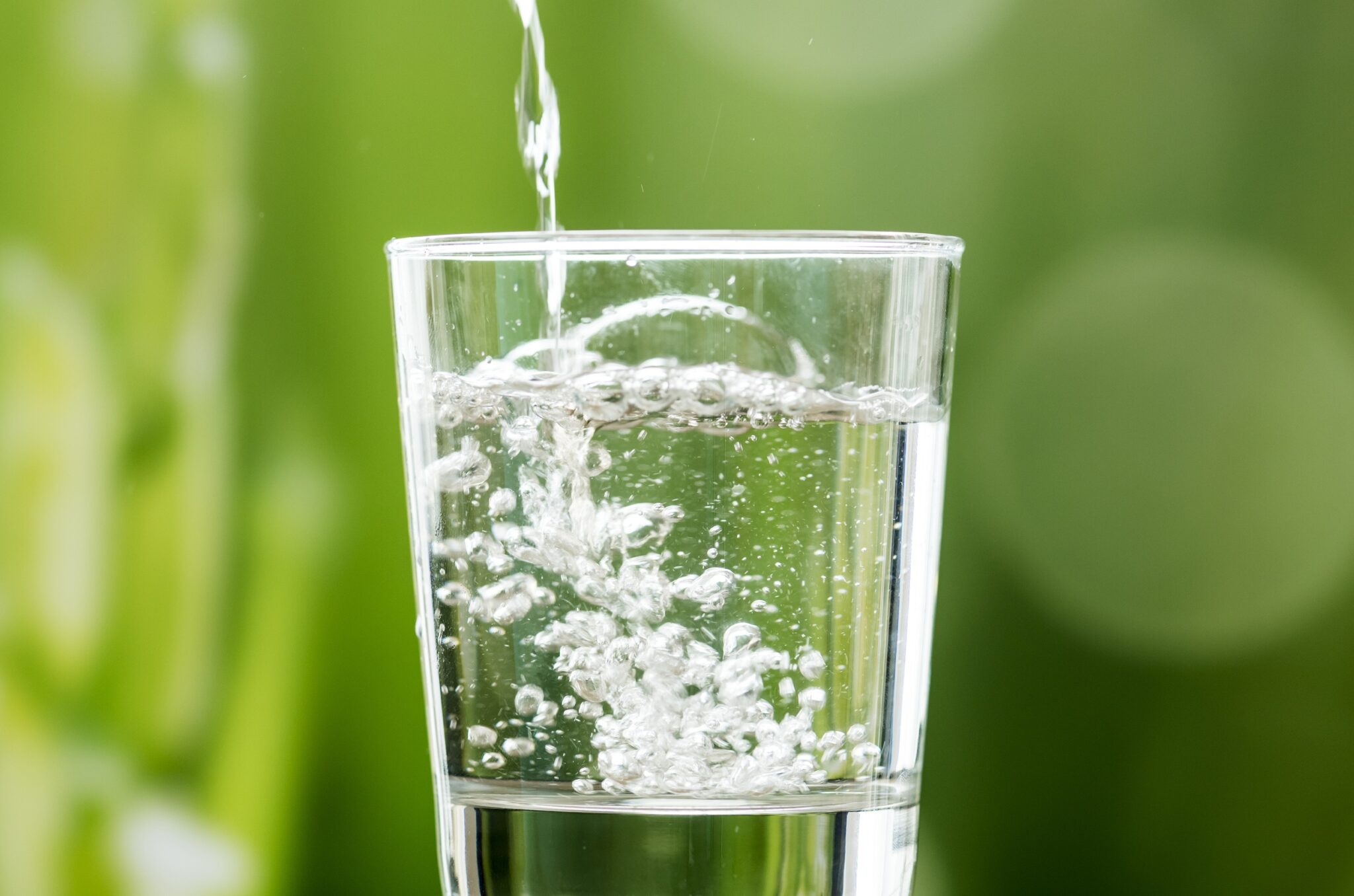Per- and polyfluoroalkyl substances, commonly known as PFAS, have garnered significant attention due to their widespread presence and potential health effects. PFAS, a class of synthetic chemicals, are employed in various products for their water- and grease-resistant characteristics. In this comprehensive guide, we will delve into the most common sources of PFAS, unraveling how these chemicals enter the environment and impact our daily lives.
Understanding PFAS
What is PFAS?
PFAS encompasses a large group of human-made chemicals characterized by the presence of fluorinated carbon chains. This chemical structure imparts unique properties, such as water and grease resistance, which have led to their extensive use in various industrial and consumer products.
Common Types of PFAS:
Perfluorooctanoic Acid (PFOA): Used in the production of non-stick cookware, water-resistant textiles, and firefighting foams.
Perfluorooctanesulfonic Acid (PFOS): Found in firefighting foams, stain-resistant coatings, and certain industrial processes.
Perfluorononanoic Acid (PFNA): Used in the production of non-stick coatings and certain types of food packaging.
Sources of PFAS Contamination
1. Industrial Discharges:
Industries involved in the production or use of PFAS-containing products can contribute to environmental contamination. Direct releases of PFAS into water bodies or discharges from industrial wastewater treatment plants introduce these chemicals into the environment.
2. Landfills and Waste Sites:
The disposal of products containing PFAS, such as food packaging, textiles, and consumer goods, in landfills can lead to the leaching of PFAS into the surrounding soil and groundwater. Leachate from landfills can transport PFAS into nearby water sources.
3. Wastewater Treatment Plants:
PFAS from domestic and industrial wastewater enter treatment plants, where they may not be effectively removed. Treated wastewater containing residual PFAS can be discharged into rivers or oceans, contributing to the contamination of surface waters.
4. Food Packaging and Processing:
PFAS are used in some food packaging materials to provide resistance to grease and oil. During food processing and packaging, these chemicals can migrate from the packaging into the food, leading to human exposure.
5. Drinking Water Treatment:
In some cases, PFAS may enter drinking water supplies through contaminated source water. Conventional water treatment processes may not effectively remove all types of PFAS, allowing these chemicals to persist in treated drinking water.
Common Products and Materials containing PFAS
1. Non-Stick Cookware:
Products like Teflon-coated cookware often contain PFAS, releasing these chemicals into the air and food when heated. Over time, the non-stick coating may wear off, contributing to PFAS exposure.
2. Food Packaging:
PFAS are used in some food packaging materials, including fast-food wrappers, microwave popcorn bags, and containers for greasy or oily foods. This can result in the migration of PFAS into the packaged food.
3. Cleaning Products:
Some cleaning products, especially those designed to repel stains or water, may contain PFAS. When these products are used and washed down the drain, PFAS can enter wastewater systems.
4. Cosmetics and Personal Care Products:
Certain cosmetics, such as foundations and mascaras, may contain PFAS for water and smudge resistance. PFAS from these products can potentially be washed off during use and enter the environment.
5. Electronics:
PFAS are used in the manufacturing of some electronic products, such as semiconductors and microchips. The release of PFAS during the production and disposal of electronic devices contributes to environmental contamination.
Health Implications of PFAS Exposure
1. Developmental Effects:
Exposure to PFAS, especially during pregnancy, has been associated with developmental effects in infants and children. This includes low birth weight, developmental delays, and effects on the immune system.
2. Liver and Immune System Effects:
Certain PFAS, such as PFOA and PFOS, have been linked to liver and immune system effects. Prolonged exposure to these chemicals may lead to inflammation, changes in liver function, and a weakened immune response.
3. Increased Cholesterol Levels:
Studies have shown a correlation between PFAS exposure and increased cholesterol levels. Increased cholesterol levels pose a risk factor for cardiovascular diseases.
4. Thyroid Disorders:
PFAS exposure has been associated with disruptions in thyroid function. These chemicals may affect thyroid hormone production and contribute to thyroid disorders.
5. Increased Risk of Certain Cancers:
Some studies suggest an increased risk of certain cancers, including kidney and testicular cancers, in individuals with higher levels of PFAS exposure. However, further research is needed to establish definitive links.
Mitigation Strategies and Regulatory Measures
1. Water Treatment Technologies:
Advanced water treatment technologies, such as activated carbon filtration and reverse osmosis, have proven effective in removing PFAS from drinking water. Implementing these technologies at water treatment plants helps reduce exposure.
2. Regulatory Standards:
Governments and regulatory bodies are working to establish guidelines and standards for PFAS in drinking water, soil, and other environmental media. Setting maximum contaminant levels (MCLs) helps regulate PFAS concentrations and protect public health.
3. Risk Assessment and Management:
Conducting risk assessments for PFAS-contaminated sites is crucial for understanding the potential human and ecological risks. Implementing risk management measures, such as containment and remediation, helps address the impact of PFAS contamination.
4. Pollution Prevention:
Efforts to reduce the use of PFAS in manufacturing processes and consumer products contribute to pollution prevention. Encouraging the development and adoption of PFAS-free alternatives is a key strategy in minimizing environmental exposure.
5. Environmental Monitoring:
Ongoing monitoring of environmental media, including water, soil, and air, is essential for tracking the presence and trends of PFAS contamination. Monitoring programs help identify sources of contamination and inform mitigation strategies.
Understanding the presence of PFAS and mitigating its impact on human health and the environment require a collective effort. Understanding the most common sources of PFAS is the first step toward informed decision-making and proactive measures to address this complex challenge.
As governments, industries, and individuals work together, implementing mitigation strategies, adopting PFAS-free alternatives, and advocating for stringent regulatory standards, we move closer to a future where PFAS no longer pose a widespread threat. By staying informed and actively participating in pollution prevention initiatives, we contribute to a healthier and more sustainable environment for current and future generations.
As we unravel the pervasive sources of PFAS in Waterford and seek solutions for a purer future, CGC Water stands as a guardian of water quality in Waterford. With a commitment to excellence and a mission to address the most common sources of PFAS, a trusted ally for residents who prioritize the health and purity of their water.
For residents concerned about PFAS in Waterford, the choice is clear – CGC Water. Elevate your water quality, prioritize your well-being, and partner for a future where clean, pure water is a fundamental right.
In the journey towards a PFAS-free environment, CGC is your steadfast companion. Choose CGC Water – where expertise meets innovation, and the purity of Waterford’s water takes precedence. Your health, your community, and your water quality matter – entrust them to the experts.







